Riches Of The Orient: Discovering Turkey’s Historical And Cultural Wealth
- Leave a Comment
- Diya S
- July 9, 2024
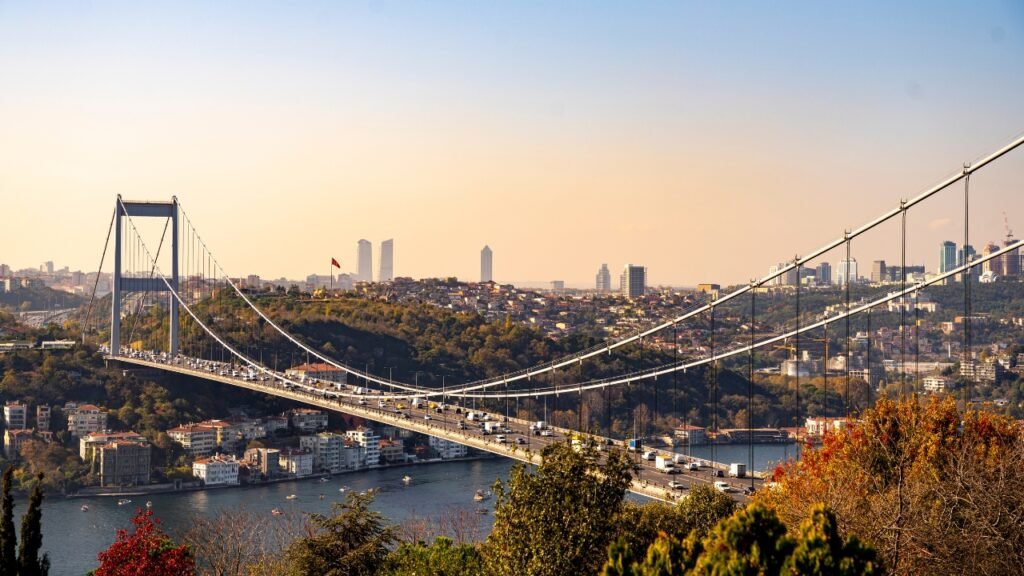
Turkey serves as a bridge between continents, cultures, and civilizations because it is positioned at the meeting point of Europe and Asia.
Turkey’s rich cultural heritage, influenced by Byzantine Christianity, Islamic customs, Greek and Roman empires, ancient Anatolian civilizations, and Ottoman grandeur, is a result of its strategic location.
This blog article takes us on a tour of Turkey’s rich historical and cultural heritage, revealing its gastronomic customs, lively festivals, and the lasting influence of its varied background.
Turkey has historically been the birthplace of civilization, having been home to the Hittites, Phrygians, Lydians, and other ancient peoples whose remains can still be seen at archaeological sites spread around the nation.
Every part of Turkey provides a window into its colorful history, from the busy metropolis of Istanbul, where East and West collide in a lively blend of cultures, to the bizarre landscapes of Cappadocia, where fairy chimneys and cave homes abound.
Come explore the delights of Turkey with us, a country where every stone has a story to tell and where every meal embodies centuries of gastronomic history.
Istanbul: A City of East and West
The city of Istanbul, once known as Byzantium and Constantinople, represents the meeting point of East and West, a confluence of cultures influenced by millennia of history.
From the Roman and Byzantine to the Ottoman, its advantageous location along the Bosphorus Strait has made it a sought-after prize for empires throughout history.
Istanbul, the country’s main metropolis and cultural center, offers tourists a unique fusion of antiquated customs and contemporary energy.
Istanbul’s historical significance dates back over 2,000 years, serving as the capital of three major empires: the Roman Empire as Byzantium, the Byzantine Empire, and finally the Ottoman Empire.
This layered history is visible in its architecture, art, and traditions, making it one of the most historically significant cities in the world.
Must-See Locations in Istanbul
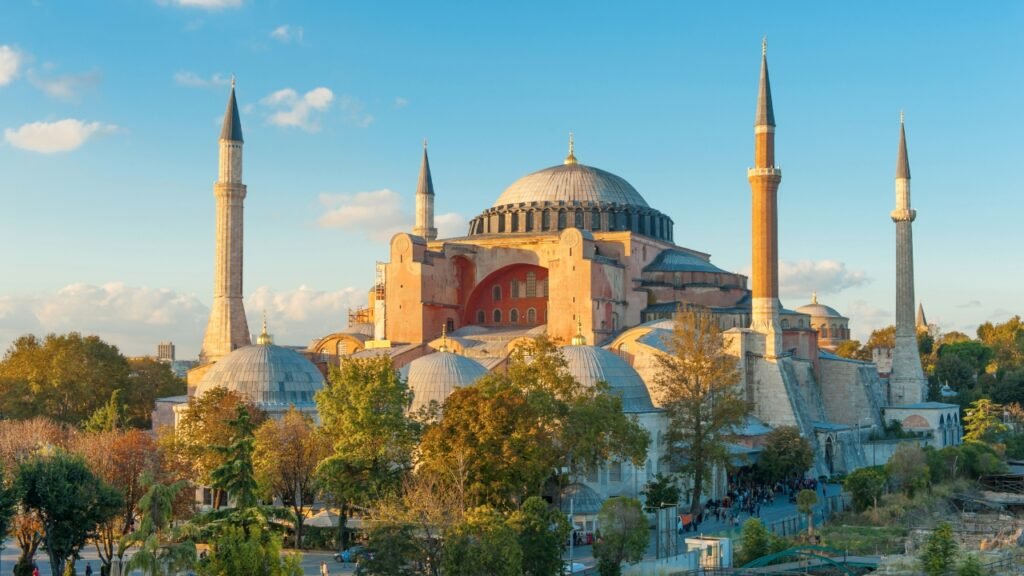
The Meaning and History of the Hagia Sophia
The Byzantine Empire’s Hagia Sophia, which was first constructed as a cathedral in the sixth century AD, is a marvel of architectural and a representation of Istanbul’s rich cultural legacy. For over nine centuries, it was the epicenter of Orthodox Christianity.
After the Ottoman conquest in 1453, it was transformed into a mosque. It is now a museum, exhibiting its distinctive Byzantine and Islamic architectural features, such as its enormous dome and exquisite mosaics.
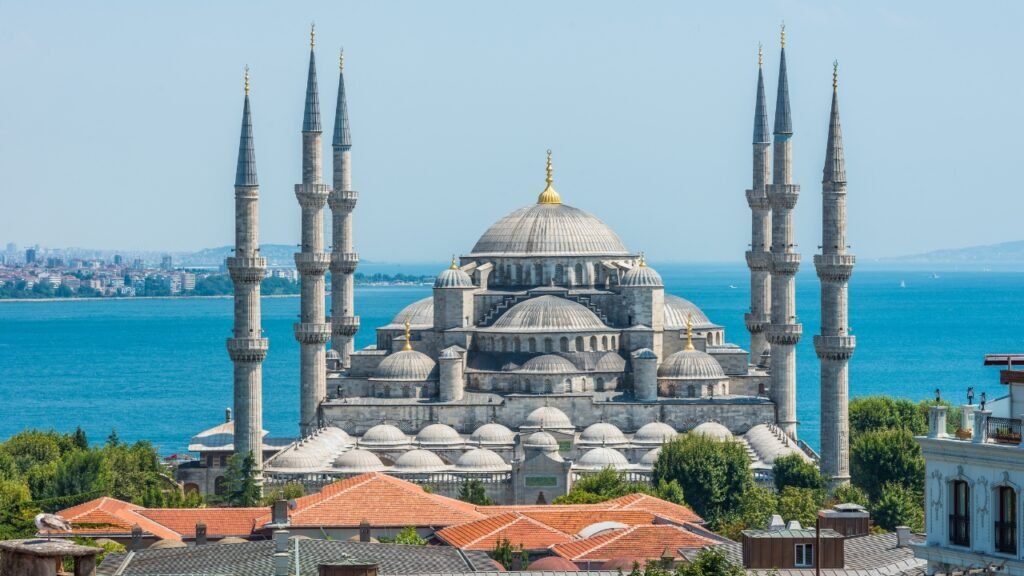
Blue Mosque: Cultural Significance and Beautiful Architecture
Istanbul’s most recognizable landmark is the Sultan Ahmed Mosque, also referred to as the Blue Mosque because of its interior design of blue Iznik tiles.
Constructed during the Ottoman era in the early 17th century, the mosque is still in use today, serving as a gathering place for daily prayers for believers.
Visitors from all over the world are drawn to it by its exquisite architecture and peaceful courtyard, which are highlighted by its six minarets and tumbling domes that dominate the city skyline.
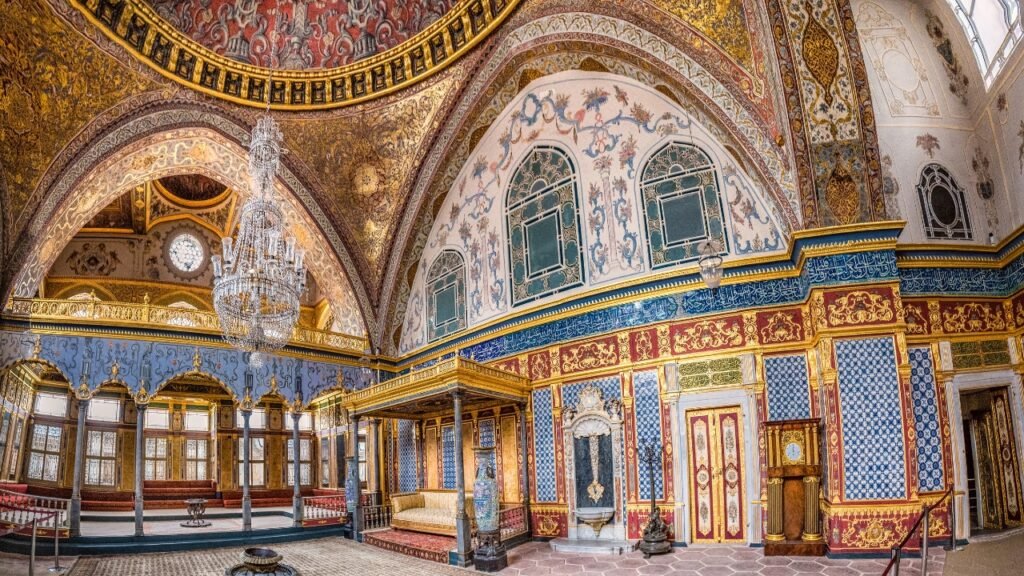
Role of Topkapi Palace in History and Present-Day Museum
For almost four centuries, Topkapi Palace functioned as the principal abode and administrative center of the Ottoman sultans. It was the Ottoman Empire’s political hub and was situated with sweeping views of the city and the Bosphorus.
With its vast collection of items, which includes firearms, religious treasures, and imperial robes, the palace complex is now a museum that offers visitors a glimpse into the splendor and extravagance of the Ottoman court.

Grand Bazaar: Overview and Importance
One of the world’s biggest and oldest covered markets, the Grand Bazaar is a maze-like system of more than 4,000 stores spanning 60 streets.
Established during the Ottoman era in the fifteenth century, it continues to be a thriving center of trade and culture where guests may take in the colorful ambiance of Turkish bazaars.
Istanbul has long been a hub of trade and business, and this area is a treasure trove for shopping and a cultural icon due to the amazing assortment of things that artists and merchants sell, ranging from jewelry and pottery to spices and textiles.
Istanbul is a city unlike any other because of its unique combination of historical significance, cultural diversity, and architectural grandeur.
Istanbul offers a trip through time and culture that captivates the senses and leaves a lasting effect on everyone who visits, whether they choose to explore its ancient sites, enjoy its culinary pleasures, or immerse themselves in its colorful markets.
The Land of Fairy Chimneys: Cappadocia
The magnificent terrain of Cappadocia, in central Turkey, is well known for appearing as though it was plucked straight out of a fairy tale.
Unique rock formations called “fairy chimneys,” prehistoric cave houses, and elaborate underground cities are what define the area.
These natural marvels were shaped over millennia by erosion and volcanic eruptions, resulting in a landscape that has captivated both tourists and scholars.
Beyond its scenic splendor, Cappadocia is steeped in history, having been populated since the Bronze Age and acting as a haven for early Christian settlers.
The Best of Cappadocia

The Experience and Description of Hot Air Balloon Rides
Riding in a hot air balloon is one of the most famous and thrilling ways to see Cappadocia’s countryside from above.
Hundreds of balloons take to the skies at daybreak, providing beautiful vistas of the valleys, villages, and fairy chimneys below. The scene is bathed in golden light as the sun rises, resulting in a calming and enchanting ambiance.
Visitors can completely comprehend the size and beauty of Cappadocia’s geological structures thanks to this unique perspective, making it an experience that comes only once in a lifetime.
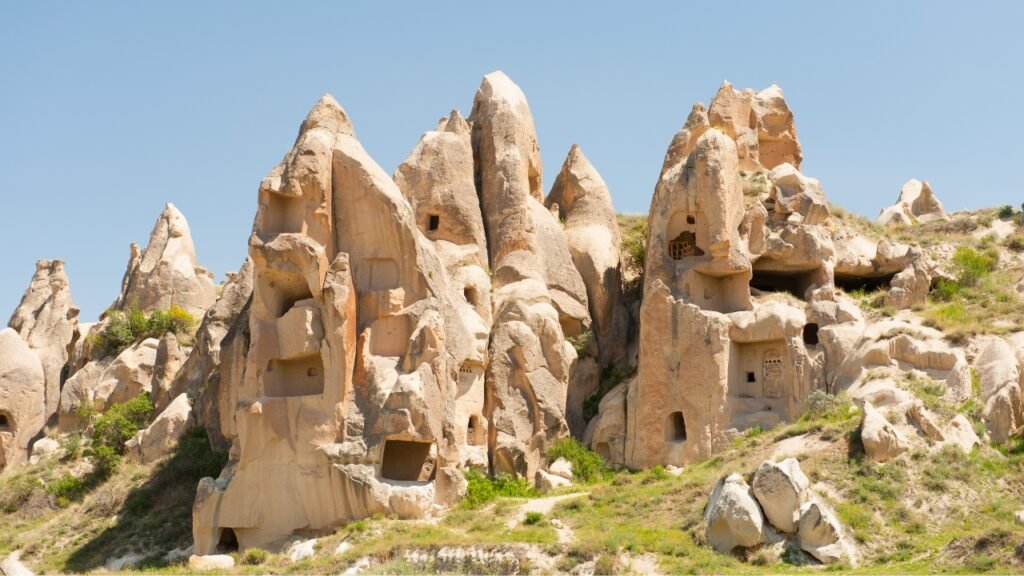
Göreme Open-Air Museum: Importance and Points of Interest
One of Cappadocia’s most important cultural landmarks is the Göreme Open-Air Museum, recognized as a UNESCO World Heritage site.
The tenth and twelfth century’ rock-cut churches, chapels, and monasteries can be found inside this enormous monastic complex.
Well-preserved frescoes that represent biblical scenes adorn the interiors, providing a window into the religious life of early Christian communities.
The Dark Church, which is well-known for its colorful murals, and the Tokali Church, the biggest and oldest church in the complex, are two of the museum’s main draws. The Göreme Open-Air Museum offers priceless insights into the religious and historical legacy of the area.

Underground Cities: Background Information and Advice for Visitors
The underground cities of Cappadocia, such Derinkuyu and Kaymakli, are examples of prehistoric engineering and inventiveness at its finest. These underground systems were dug out by the first occupants as a defense against strangers.
At a depth of about 85 meters, Derinkuyu is the largest of these underground communities, capable of housing up to 20,000 people along with their supplies and cattle.
Discover the intricate and inventive ways in which these ancient civilizations lived by exploring the maze-like tunnels, ventilation shafts, and common areas.
It’s best to wear comfortable shoes and be ready for tight spaces and steep staircases when exploring these underground cities.
Travelers looking for both natural beauty and cultural depth will find Cappadocia to be an enthralling destination due to its distinctive terrain and historical significance.
Discovering the hewn cathedrals of Göreme Open-Air Museum, venturing into the enigmatic underground towns, or soaring above the fairy chimneys in a hot air balloon are just a few of the captivating experiences that await travelers to Cappadocia.
Ephesus: An Antiquated Wonder
One of the most amazing ancient cities in the world, Ephesus is situated on Turkey‘s Aegean coast and provides a breathtaking view of the opulence of classical antiquity.
Ephesus was once a significant port city and a thriving center of commerce and culture for the Greeks, Romans, and early Christians. Its well-preserved ruins offer a glimpse into its past as one of the most important cities in the Roman Empire, second only to Rome.
Discover the splendor of Ephesus’s architecture and the depth of its history firsthand by strolling down streets that emperors and apostles once walked.
Important Sites in Ephesus
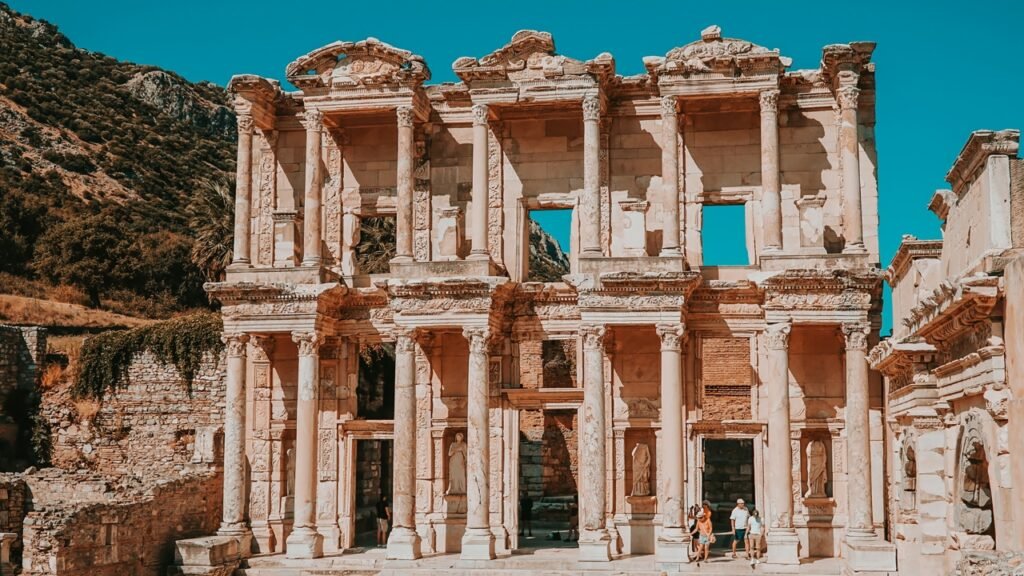
Celsus Library: Historical Context and Architectural Specifics
One of Ephesus’ most recognizable buildings, the Library of Celsus, attests to the city’s standing as a hub of scholarship and culture.
Tens of thousands of scrolls were previously housed in the library’s niches, which was constructed in the early second century AD as a tribute to the Roman senator Tiberius Julius Celsus Polemaeanus.
Renowned for its ornate design, the library’s façade showcases finely carved columns, statues, and ornamental details that echo the elegance of Roman architecture.
The partially ruined façade, which was later plundered, is nonetheless a remarkable example of the mastery of ancient architecture.
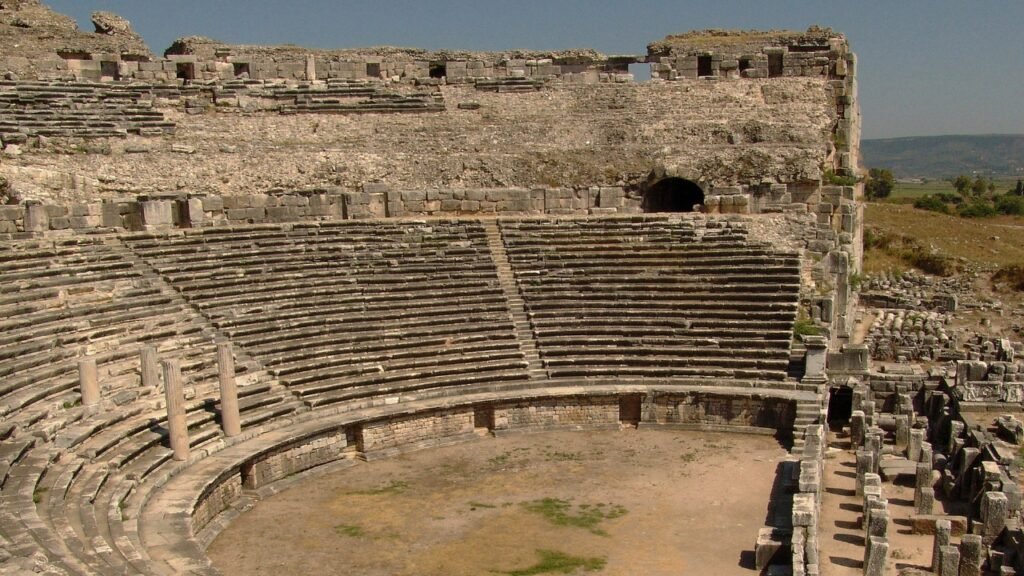
Outstanding Theater: Overview and Historical Significance
With space for almost 25,000 people, the Great Theatre of Ephesus is yet another imposing building that emphasizes the architectural and cultural importance of the city.
The theater, which was first constructed in the Hellenistic era and then enlarged by the Romans, hosted a range of activities, such as public gatherings, gladiatorial fights, and plays.
It is particularly significant in early Christian history since it was here that the apostle Paul delivered a sermon denouncing the worship of Artemis, which sparked a riot among the silversmiths who had idolized the goddess.
The theater still draws crowds today thanks to its remarkable size and acoustics, and it occasionally hosts shows and concerts.
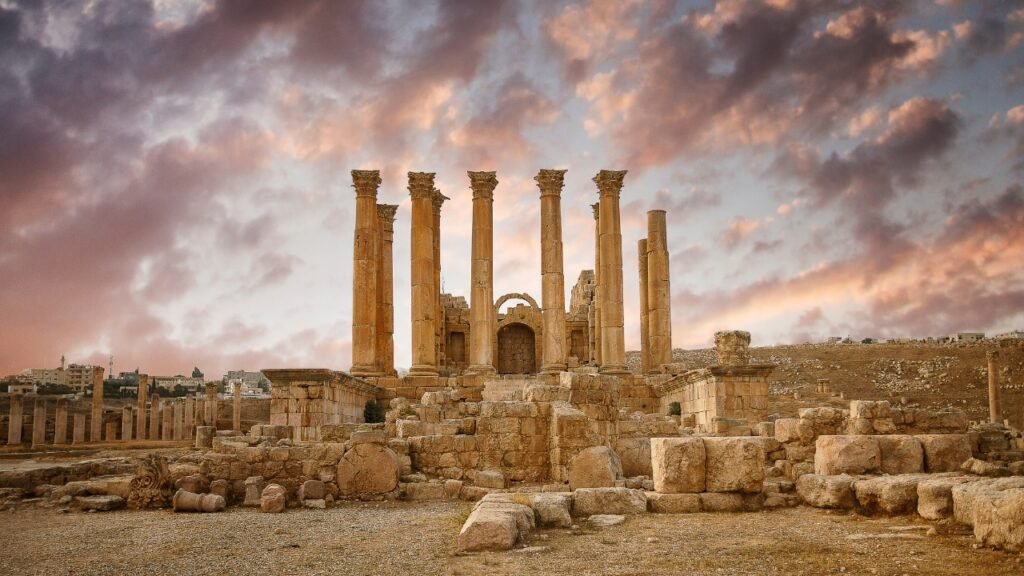
Historical Significance and Current Status of the Temple of Artemis
One of the Seven Wonders of the Ancient World and a representation of Ephesus’s significance in both religion and culture is the Temple of Artemis, sometimes referred to as the Artemision.
The enormous temple, devoted to the goddess Artemis, was well-known for its magnificence and artistic brilliance.
It was a major hub for the city’s spiritual life and drew pilgrims from all across the ancient world. However, invasions and natural calamities caused the temple to be destroyed and rebuilt several times.
A melancholic reminder of the site’s past grandeur and the passing of time, the lone column and a few isolated ruins that still stand at the location today.
Ephesus is a monument to the artistic mastery and cultural diversity of earlier societies. Ephesus captures the atmosphere of a period that still inspires surprise and amazement, from the scientific endeavors epitomized by the Library of Celsus to the dramatic spectacles of the Great Theatre and the spiritual legacy of the Temple of Artemis.
A trip to Ephesus is more than just exploring the ruins; it’s like taking a stroll through history, with each stone revealing a piece of knowledge from a bygone era.
Turkish Food: A Gastronomic Adventure
The rich and varied culinary legacy of Turkey is a reflection of the geographic and cultural variety of the nation. Greek, Roman, Byzantine, Arab, and Ottoman civilizations, among others, all left their mark on Turkish cuisine, which features a delicious fusion of flavors and cooking methods.
Turkish food is a sensory feast, ranging from robust stews and grilled meats to delicate sweets and fragrant spices. Turkish cuisine is an exploration of flavors and characteristics, unique to each region of the country.
Must-Taste Turkish Foods

Turkish Breakfast: Customary Ingredients and Cultural Importance
The colorful and varied spread known as “kahvaltı,” a typical Turkish breakfast, emphasizes social contact almost as much as the cuisine.
Fresh bread, olives, tomatoes, cucumbers, cheeses (such feta and kaşar), eggs (usually served as menemen, a scrambled egg dish with tomatoes and peppers), honey, and a variety of jams and preserves are typical ingredients.
Additionally typical are börek, a savory pastry, and sucuk, a spicy sausage. Serving tea in little tulip-shaped glasses is a crucial component of the occasion. The importance of unhurried, shared meals in Turkish tradition and the hospitality of the Turkish people are reflected in this communal dinner.

Mezes: Synopsis and Featured Recipes
Like tapas in Spain, mezes are small dishes served as appetizers or as part of a bigger meal. They are a mainstay of Turkish cuisine, particularly at parties and social events.
Mezes can be a wide range of foods, including hummus, baba ghanoush (smoky eggplant dip), haydari (yogurt dip with garlic and herbs), and filled grape leaves (dolma).
Traditionally served with freshly baked bread, mezes promote camaraderie by being ideal for sharing. They demonstrate the depth of Turkish cuisine by providing a wide range of tastes and textures.
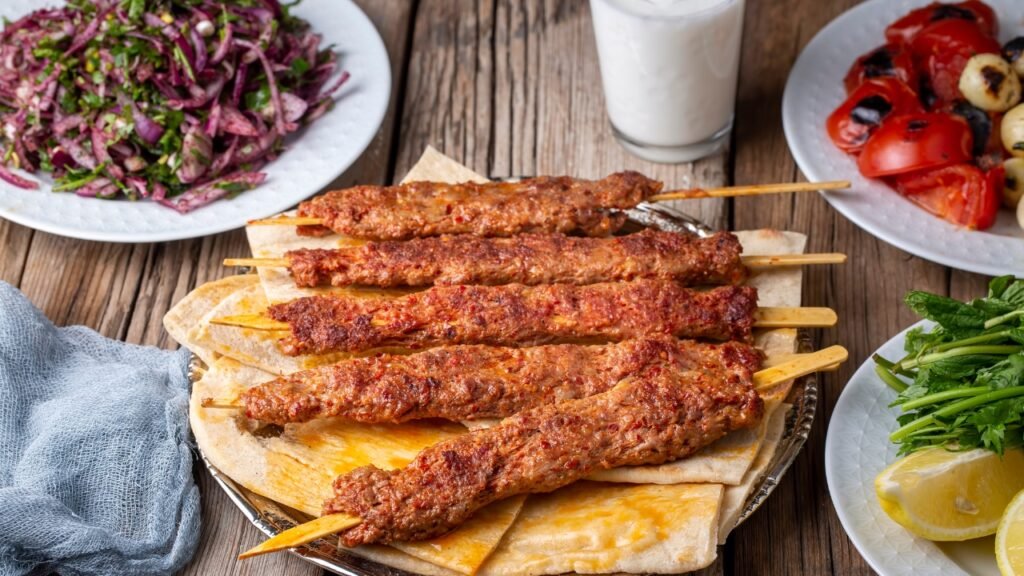
Kebabs: Diverse Forms and Local Differences
Turkish cuisine is centered around kebabs, which come in a multitude of forms and geographical variances.
The most popular is döner kebab, which is comprised with seasoned beef layers that are grilled on a vertical rotisserie. Meat pieces marinated in a mixture of spices and herbs are cooked and skewered in Şiş kebab.
Originating in the city of Adana, Adana kebab is a spicy kebab made with minced meat cooked over an open flame on skewers.
Kebabs are a popular and adaptable food in Turkey, with variations introduced by each region using local flavors and cooking techniques.

Baklava: Components, Method, and Significance in Culture
One of Turkey’s most well-known desserts is baklava, which is renowned for its complex layers and rich, sweet flavors.
Baklava is a labor-intensive treat made with thin layers of filo pastry, butter, finely chopped nuts (usually walnuts or pistachios), and sweetened with syrup or honey.
To prepare, butter and layer each filo sheet, then top with the nut mixture and bake until crispy and golden.
After baking, it is soaked in a fragrant syrup that is scented with orange or rose blossom water and sugar, water, and lemon juice.
In Turkish culture, baklava is typically served during festive events and exceptional occasions, signifying hospitality and joy.
Turkish food is a colorful patchwork of ingredients, recipes, and cultural practices that showcases the nation’s rich cultural past. Every item in Turkey’s cuisine, from the filling and convivial Turkish breakfast to the savory mezes, varied kebabs, and decadent baklava, narrates a tale.
Discovering Turkish cuisine is an opportunity to feel the warmth and hospitality that are fundamental to Turkish culture in addition to satiating one’s palate.
Holidays and Customs
Turkey’s festivals and customs provide a vivid depiction of its varied history and rich cultural legacy. These festivals, which have their roots in historical, religious, and seasonal occurrences, offer a singular glimpse into Turkish society’s ideals and sense of community.
Every occasion, from lavish national holidays to lively regional celebrations, has a unique meaning and set of traditions that highlight Turkey’s friendliness, warmth, and diversity of culture.
Important Turkish Holidays

Iftar and Ramadan: Customs and Social Aspects
In Turkey, the holy month of Ramadan—which is observed by Muslims worldwide—has great spiritual significance. Muslims refrain from eating and drinking throughout this month-long fast, which lasts from sunrise to dusk.
Every evening, the iftar meal breaks the fast and serves as a social gathering place for families and communities to exchange meals.
Dates and water are typically served first at traditional iftar dinners, which then feature a range of appetizers, salads, and main entrees. There are also special Ramadan meals to savor, like as güllaç, a dessert prepared with milk and rose water.
Since many people organize sizable gatherings and give food to those in need, the communal nature of iftar emphasizes the value of unity and altruism.

The Meaning and Traditions of the Kurban Bayram Feast of Sacrifice
The Feast of Sacrifice, or Eid al-Adha, is another name for Kurban Bayram, one of the most significant Islamic holidays. It honors Abraham’s (Ibrahim’s) readiness to offer his son as a sacrifice in submission to God.
Muslims throughout, including in Turkey, offer an animal as a religious sacrifice during this time of remembrance. Usually, this animal is a sheep, goat, or cow.
After that, the meat is divided up among loved ones, close friends, and the less fortunate, highlighting the importance of giving and community.
Along with feasting and praying, the celebration also involves seeing friends and family. Kurban Bayram is a joyful and charitable occasion that strengthens social ties and helps those in need.
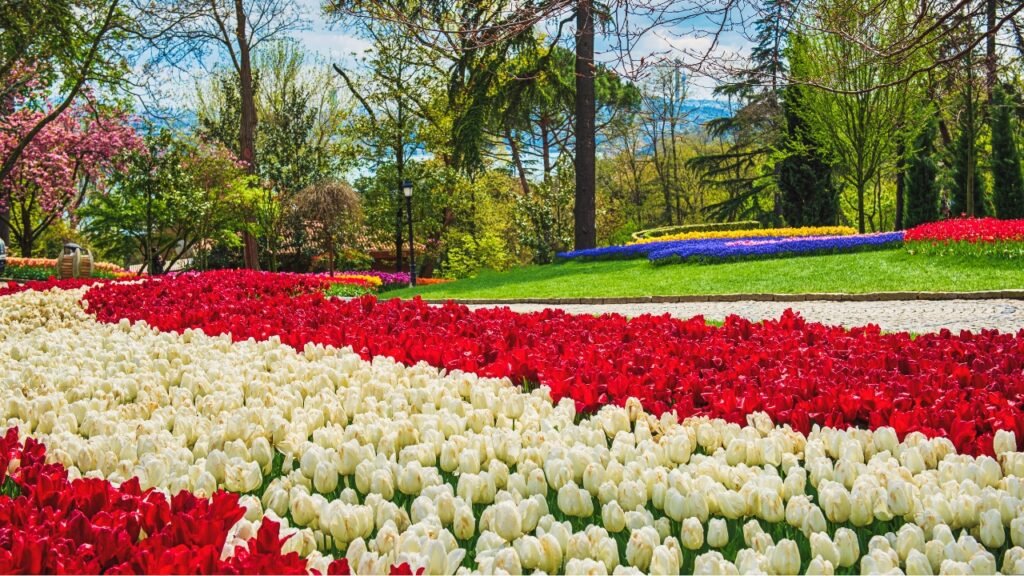
Istanbul Tulip Festival International: Festivity and Events
An exuberant celebration of spring and the tulip’s historical significance in Turkish culture takes place every year in Istanbul during the International Tulip Festival. Every April, millions of tulips blossom, illuminating Istanbul in a riot of color. This festival is held in Istanbul.
Tulip gardens are arranged to provide a breathtaking visual display in parks, squares, and along streets. The festival features a range of events, including concerts, art exhibits with tulip themes, and cultural gatherings.
The tulip, which originated in Central Asia and was brought to Turkey by the Ottomans, is revered in Turkish art and history as a symbol of rebirth and beauty. The festival honors this cherished flower in a happy and artistic way.
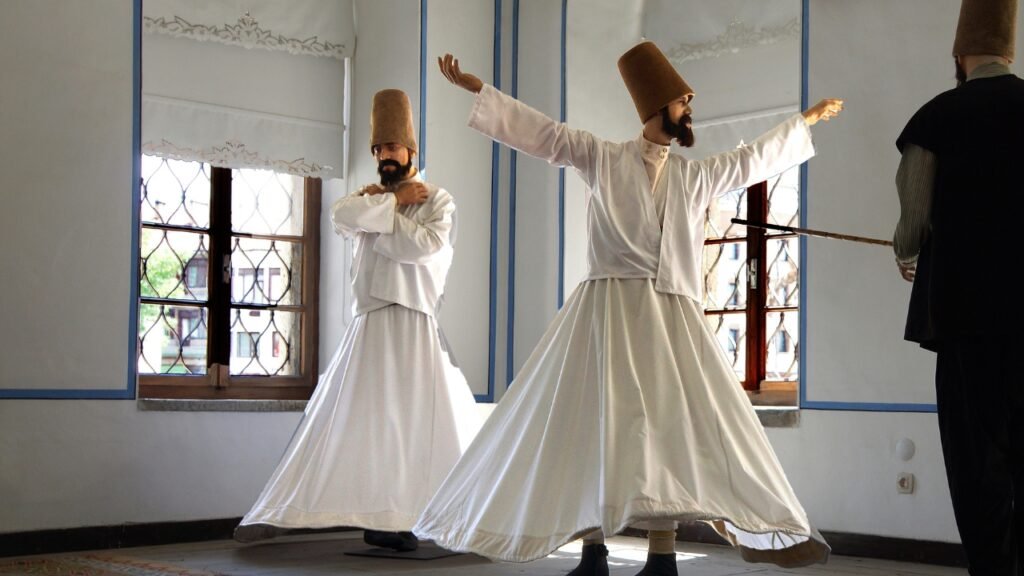
Whirling Dervishes: The Sema Ceremony’s Description and Spiritual Significance
As a form of devotion and spiritual exercise, the Whirling Dervishes—followers of the Mevlevi order established by the Sufi mystic Rumi—perform the sema rite.
During the ceremonial dance portion of the event, dervishes spinning in circles to traditional music are clad in white robes and towering caps.
The spinning motion represents the soul’s ascent to enlightenment, transcending the physical world on its way to God. The goal of the sema ceremony is to achieve a state of divine ecstasy and a connection with the divine.
It is both a bodily and spiritual expression. Seeing this captivating dance, which emphasizes themes of love, togetherness, and divine connection, provides a deep understanding of the mystical and spiritual traditions of Sufism.
The nation’s rich spiritual heritage, shared values, and historical background are all reflected in Turkey’s colorful tapestry of festivals and customs.
These events give a deep and immersive sense of Turkish culture and heritage, whether via the somber observance of Ramadan, the kindness of Kurban Bayram, the floral splendor of the Istanbul Tulip Festival, or the mysterious spinning of the dervishes.
Conclusion:
Turkey is a country rich in history and culture unlike any other, with vibrant customs, ancient civilizations, and breathtaking natural features all combining to provide visitors with an unforgettable experience.
Turkey offers an insight into its rich past and vibrant present from the busy streets of Istanbul, where the sounds of former empires can still be heard, to the strange landscapes of Cappadocia and the well-preserved remains of Ephesus.
Turkey is a place that promises both adventure and enlightenment because of its varied food, lively festivals, and profound spiritual practices.
We cordially welcome you to discover and immerse yourself in Turkey’s rich cultural legacy. Turkey offers a plethora of amazing experiences, whether you’re admiring the architectural magnificence of the Hagia Sophia.
Relishing the flavors of a traditional Turkish breakfast, riding in a hot air balloon above the fairy chimneys of Cappadocia, or losing yourself in the spiritual dance of the Whirling Dervishes.
Accept the friendliness and warmth of its people, learn about the many facets of its past that have molded its culture, and allow the breathtaking scenery and customs of Turkey to linger long in your memory.
Tales and perspectives about Turkey’s illustrious past. We will keep exploring the interesting facets of Turkish culture, including its vivid festivals, spiritual rituals, and ancient ruins and delectable cuisine.
Come along on this exploration of Turkey’s numerous dimensions, and allow us to serve as an inspiration for your next travel. Our site seeks to offer a deeper understanding and appreciation of Turkey’s lasting heritage, regardless of your level of experience as a traveler or your general curiosity in this fascinating nation.
